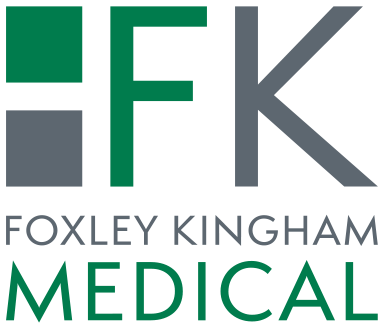In these times of unprecedented economic uncertainty, how can you keep your cashflow sustainable and your business viable?
One of the things we’ve learnt from the coronavirus and resulting lockdown is that no-one can predict the future. Looking back even to the start of the year, who would have thought that furlough schemes would be a common part of employment discussions, tax bills would be suspended, and the economy would be subject to what feels like a handbrake turn? Whatever has happened in the past months, one thing is certain; although we may not know the long-term effects on the economy and specific businesses, we do know that no-one will emerge unscathed.
So, how can you ensure that you give your business the best chance of survival? “Planning is everything,” says Paul Bithrey, Director at Foxley Kingham. “There will be a lot of businesses that are going to need advice on cashflow planning and business survival.”
There are two main areas of planning to consider. The most immediate is cashflow planning, and the second, which is more esoteric but still vital, is the planning involved in deciding the shape and direction of an organisation post-lockdown.
Cashflow
“We will understand the true level of damage from Covid 19 in 12 months time,” explains Paul. “The furlough scheme is due to wind up in October, the January tax payments will have caught up with people, and there will be VAT payments in the spring. And people will have to start paying back loans in July. (See page 6 for more details). “The effects will bite hard and it will become clear if businesses will recover or not.”
However alarming this sounds, Paul identifies how we can tackle the challenges, “Businesses will know what 95% of their liabilities will be,” he says. “They have 12 months to plan.”
This planning is vital. Tempting though it may be to bury heads in the sand, businesses have more chance of coming out successfully on the other side if they face the issue head-on. The first step is having a clear idea of when any funding runs out and when loans have to be repaid. Businesses can then take an overall view of cashflow and be in a better position to manage. Paul also points out that communication with institutions such as banks will be more successful if you are on the front foot. “Banks have been forced to be supportive,” he says, “but their sympathy will not be everlasting. Having a coherent plan to take to the bank is far better than ignoring the issue, or not seriously considering a way out of the situation”.
Big picture
Businesses also have to be prepared for change. “Some business will not be able to trade profitably for a while,” explains Paul. “So they need to create some kind of vision of how they can exist in the ‘new normal’.” This kind of preparation will mean looking for new work and revenue streams. It will, unfortunately, mean job losses. “There will be a significant amount of people who face redundancy,” he says.
It may also mean taking a step backwards in some ways, as businesses are forced to scale down operations, abandon expansion plans and reconsider capital investments. “It’s time to look at all of your resources,” says Paul. “Can you introduce any new capital into the business? Are there different ways of working?
This is a new experience for everybody and we are all still trying to understand how to move forward.”
These uncertain times will call for unprecedented measures. However, help and advice is available. By taking stock and planning, businesses can put themselves in the best position to survive.
For more information and help in securing the future of your business, please contact us


